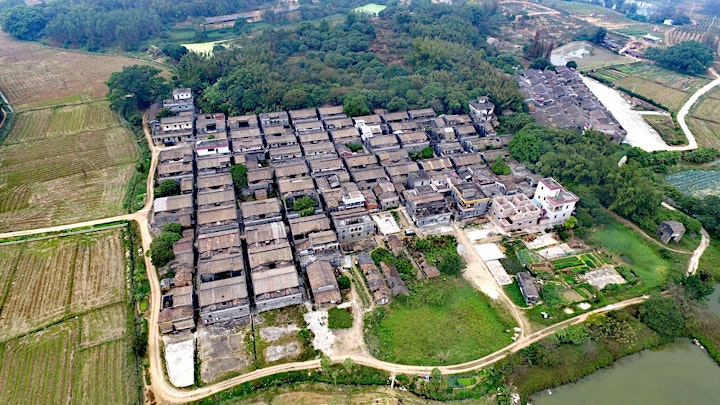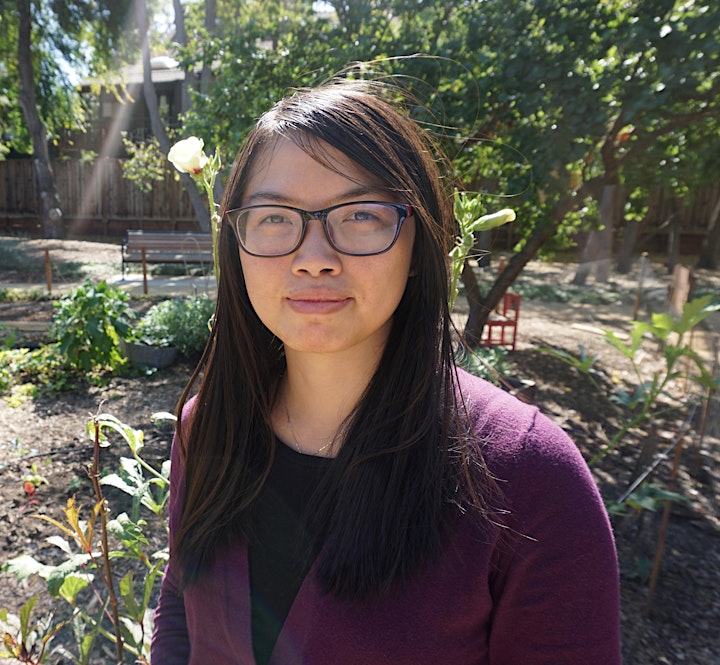2/10/22 – Archaeology Seminar Series Lecture: Creating Home on Both Sides of the Pacific: The Archaeology of Old China Towns and New Villages
The Archaeology Program at Boston University’s Lecture Series
About this event
During the Spring of 2022, Boston University’s Archaeology Program will be hosting a series of lectures. Our first lecture is titled Creating Home on Both Sides of the Pacific: The Archaeology of Old China Towns and New Villages and will take place Thursday, February 10th from 6 pm–7:30 pm. We are thrilled to co-host this lecture by archaeologist and scholar Dr. Laura Ng (Grinnell College) with Boston University’s Center for the Study of Asia as a part of their Asian Cultural Heritage Forum Lecture Series, which would not have been possible without the generous support of Boston University’s Center for the Humanities.
This event will also be made available to those wanting to attend remotely. To receive a webinar link, register here.

Abstract: Between the late 19th and early 20th centuries, waves of Chinese migrants immigrated to the United States from rural villages in Southeastern China. These migrants labored in a variety of occupations such as miner, laundry worker, or merchant, but many lived in ethnic enclaves known as ‘Chinatown’ because of discriminatory ordinances. Over the last fifty years, long-buried Chinatowns across the American West have been excavated by archaeologists and analyses of artifact collections have provided a glimpse of what daily life was like for a group of people who left few first-hand accounts and were often excluded from local historical narratives. Recent archaeological research, however, has focused on the transnational experiences of Chinese migrants and how migration impacted their home villages back in China. In this presentation, Prof. Ng discusses her archaeological research at three interconnected sites: the San Bernardino and Riverside Chinatowns in Southern California and the hometown in Guangdong Province, China, from which many of these Chinatown residents came. Her research indicates that many Chinese migrants who had spent several years in the U.S. moved their families in China to newly built villages, but continued to labor abroad in order to be able to continue sending money back home. As a result, Chinese migrants built enduring communities on both sides of the Pacific and analyses of artifacts from China and California reveal the diversity of objects and ideas that moved between these communities.

Laura W. Ng is a historical archaeologist and Visiting Assistant Professor of Anthropology at Grinnell College in Iowa. Her research focuses on the archaeology of late nineteenth and early twentieth century transnational Asian American communities. She has participated in the excavation of several World War II Japanese American incarceration camps and her recent research focuses on historic Chinatowns in Southern California and the home villages between which transnational Chinese migrants moved. She received her M.A. in Historical Archaeology from the University of Massachusetts Boston and Ph.D. in Anthropology from Stanford University.